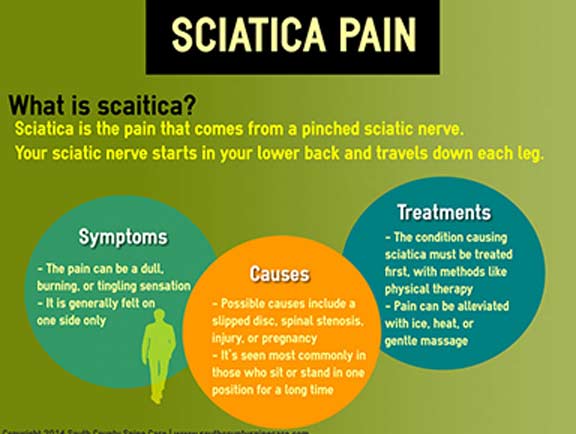Typical Daily Routines That Trigger Back Pain And Tips For Avoiding Them
Typical Daily Routines That Trigger Back Pain And Tips For Avoiding Them
Blog Article
Authored By-Love Dempsey
Keeping appropriate posture and preventing usual pitfalls in day-to-day activities can dramatically affect your back health. From just how you sit at your desk to exactly how you raise hefty objects, tiny adjustments can make a big difference. Picture a day without the nagging back pain that prevents your every step; the solution may be less complex than you believe. By making a couple of tweaks to your everyday routines, you could be on your method to a pain-free presence.
Poor Stance and Sedentary Way Of Living
Poor stance and a less active way of life are two significant factors to back pain. When you slouch or hunch over while resting or standing, you put unnecessary stress on your back muscle mass and spinal column. This can result in muscular tissue inequalities, stress, and at some point, persistent pain in the back. In addition, sitting for long periods without breaks or physical activity can compromise your back muscular tissues and result in tightness and discomfort.
To combat bad pose, make an aware effort to sit and stand up directly with your shoulders back and lined up with your ears. Bear in mind to maintain your feet flat on the ground and avoid crossing your legs for extended periods.
Integrating normal stretching and strengthening exercises right into your everyday regimen can likewise help enhance your posture and alleviate pain in the back connected with a less active lifestyle.
Incorrect Training Techniques
Incorrect training techniques can dramatically add to neck and back pain and injuries. When you lift hefty items, keep in mind to flex your knees and use your legs to raise, instead of counting on your back muscle mass. Prevent turning your body while training and keep the item close to your body to lower stress on your back. It's critical to maintain a straight back and prevent rounding your shoulders while lifting to stop unneeded stress on your back.
Always assess the weight of the things before lifting it. If it's also hefty, request for help or use tools like a dolly or cart to transfer it safely.
Remember to take breaks during raising jobs to give your back muscles a possibility to relax and prevent overexertion. By implementing houxi acupuncture point lifting strategies, you can prevent back pain and lower the danger of injuries, guaranteeing your back remains healthy and solid for the long term.
Absence of Normal Exercise and Extending
A less active lifestyle devoid of normal exercise and extending can significantly contribute to pain in the back and pain. When you don't engage in exercise, your muscle mass come to be weak and inflexible, leading to poor posture and enhanced stress on your back. Routine exercise helps enhance the muscle mass that sustain your back, boosting security and lowering the danger of pain in the back. Incorporating extending into your regimen can likewise enhance versatility, protecting against rigidity and discomfort in your back muscle mass.
To prevent neck and back pain brought on by an absence of exercise and stretching, aim for at least thirty minutes of moderate exercise most days of the week. Consist of workouts that target your core muscle mass, as a strong core can aid alleviate pressure on your back.
Additionally, take breaks to extend and move throughout the day, especially if you have a workdesk work. Straightforward stretches like touching your toes or doing shoulder rolls can help soothe stress and protect against neck and back pain. Focusing on routine workout and stretching can go a long way in maintaining a healthy and balanced back and decreasing discomfort.
Verdict
So, bear in mind to sit up right, lift with your legs, and remain energetic to prevent neck and back pain. By making straightforward adjustments to your day-to-day habits, you can prevent the discomfort and limitations that feature pain in the back. Take care of your spine and muscle mass by exercising great position, appropriate training methods, and routine exercise. Your back will certainly thank you for it!
